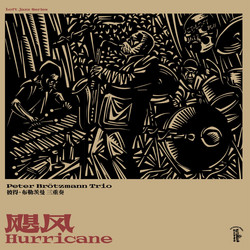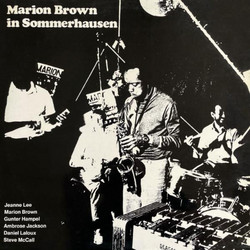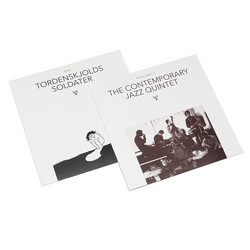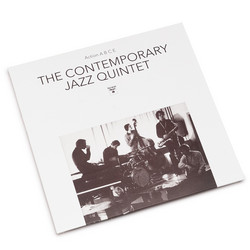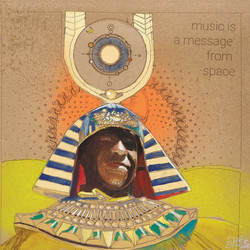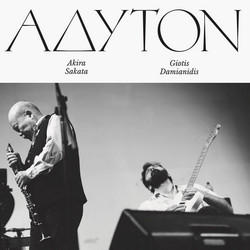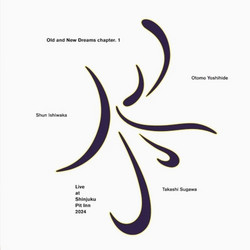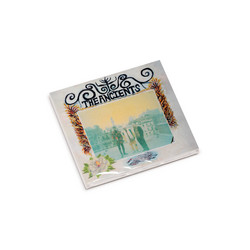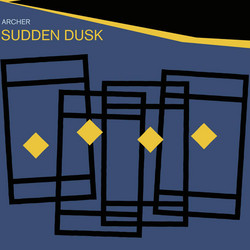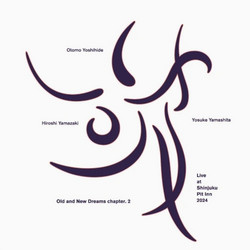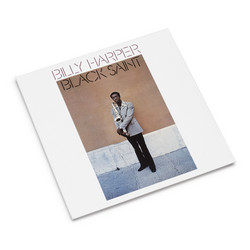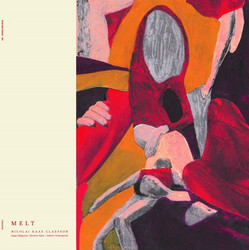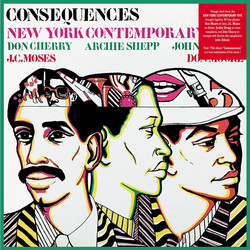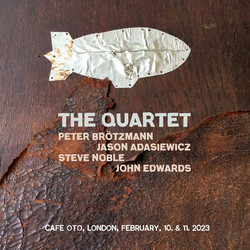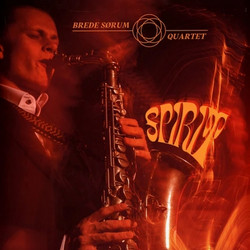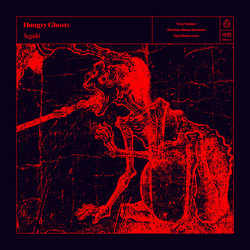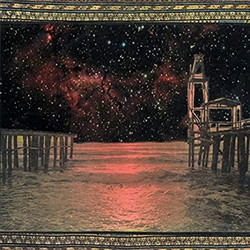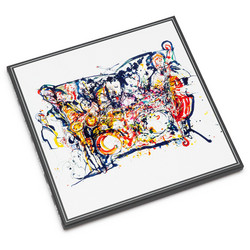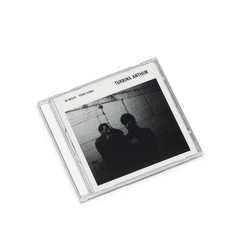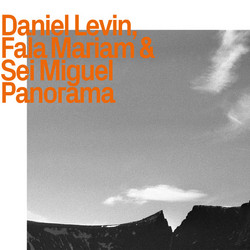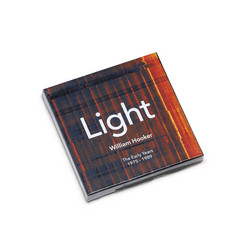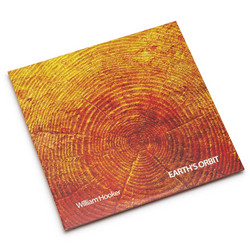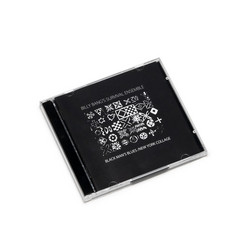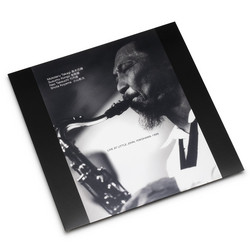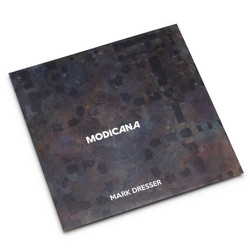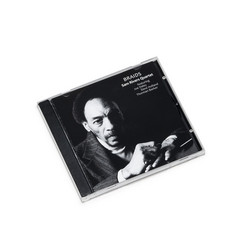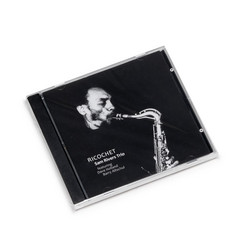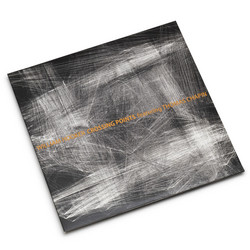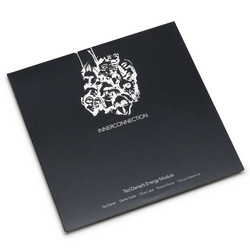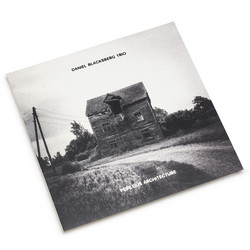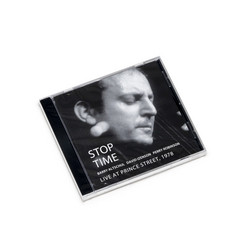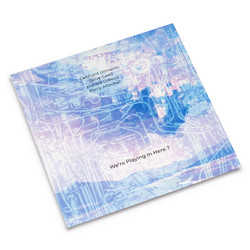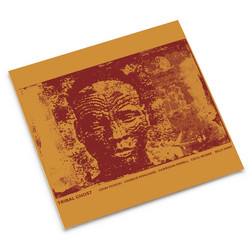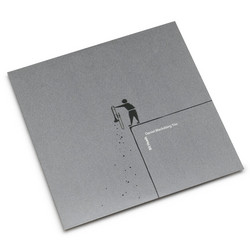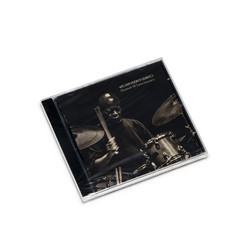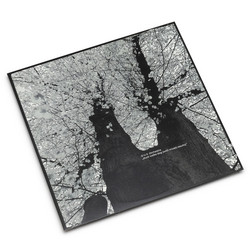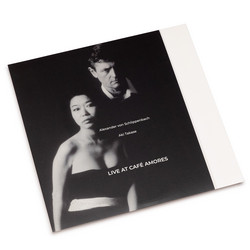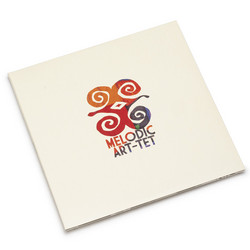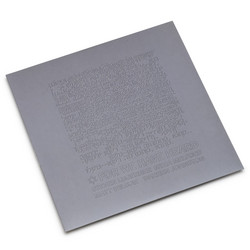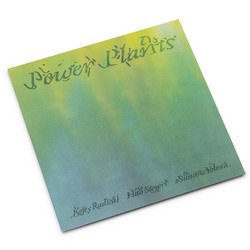"It's almost a given that any new release on the Lithuanian No Business label is going to be a bit out of the ordinary. As the catalogue grows, so does its depth and breadth. Turbina Anthem vouchsafes that proposition, comprising an unusual guitar and trumpet duet by two Portuguese improvisers who deserve a wider audience. Trumpeter Sei Miguel boasts a discography stretching back to 1998 in the company of compatriots, but in recent years has made a number of appearances with American free guitarist Joe Morris, while his foil here, Pedro Gomes, appears to be a new voice on guitar. Together they create 14 short sound sculptures totaling some 50 minutes. On trumpet, Miguel takes an anti-virtuosic approach, alternating short phrases and sustained tones with a folkloric innocence. On the acoustic tracks, Gomes recalls Brazilian guitarist Egberto Gismonti in his fragmented arpeggios and restrained melodicism, but when electrified, his vocabulary is one of odd twangs, long, held reverberations, and a scrabbling mass of crackles and distortion. Consequently it is the guitar which determines the overall ambience. Indeed, the density of the resultant soundscapes seems to increase through the set until, by "Bright Star Anyway," Gomes is creating a virtually unbroken sonic backdrop. Thereafter the firestorm recedes back to the earlier levels, allowing more air into the mix on the remaining pieces. The stark contrast between the pastoral lyricism of the five "Pale Star" numbers, in comparison with the more determinedly abstract nature of the balance of the program, produces a slightly schizophrenic feel. The most extreme example comes at the start. On "The Pale Star I," Miguel's smeary pocket trumpet resembles a foghorn, resounding over a misty bucolic landscape, while on "Spoon," his pitch becomes more uncertain, as it wanders through a nightmare environment of short circuiting sparks, crashes of indeterminate source and violent distorted guitar slashes. It's a barebones affair, where each man's separate lines take a parallel course but don't overtly relate to one another. Nonetheless, there is something about the relative weight and placement of each sound that makes this set a curiously engaging and singular experience."Allaboutjazz.com
